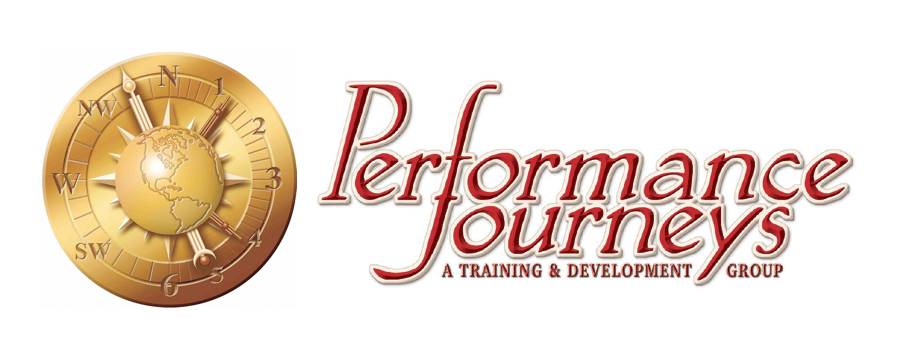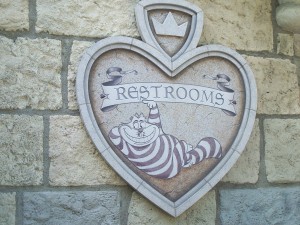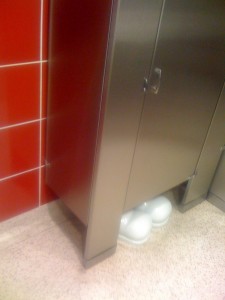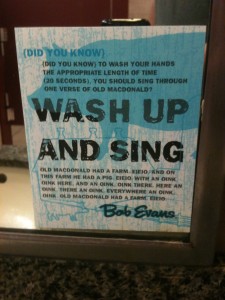
We tell our clients there is a key place where you can learn quickly so much about your brand and culture–the restroom.
The cleanliness of the restroom speaks volume about how employees think through the customer experience. It also sends a message about organizational pride. Granted, most restrooms in an office or retail setting are cleaned by third party companies who come in at night. And there is something to be said studying the cleanliness of the restroom as to how well the organization aligns third party operations with the values of their brand. But successful organizations don’t place the ownership for such matters solely on third parties. They make everyone take ownership. And they make sure that the experience supports their brand message.
Curiously, many of those organizations are determined not to just meet the minimum of a clean restroom but rather literally extend the brand into the washroom. Disney has been doing this for years, taking creative measures to making the restroom experience simply an extension of the total themed experience. Many others have since followed.
There are even organizations that have gone much further. My favorite example of this comes from the M&M store at the Florida Mall. A customized stall appears to be set aside for M&M’s favorite characters.
You know that if you’ve literally put your brand under the stall, you can’t have a piece of trash randomly lying around or the smell of an unflushed toilet nearby. That would be creating brand suicide. Therefore, it’s incumbent that it be kept as clean as possible by every employee passing by.
Another interesting occurrence in restrooms are the obligatory signs mandated by government agencies that employees be instructed to wash their hands before going back to work. Bob Evans restaurants took it to another notch. In acknowledging their brand, they invite everyone to sing “Old McDonald Had a Farm” while washing their hands. That length of time (roughly 20 seconds) is the appropriate length for washing hands.
So clearly the restroom experience should not conflict with the brand experience. But what about the culture of the organization?
This summer, I had a great example offered to me by an entrepreneur who owns a Postal Connection store. I spent time with this organization and I Sold It On E-Bay to focus on providing superior customer service. This man talked about walking into an existing store operation as a new manager. Over the first weekend, he went in and personally cleaned both restrooms to the finest level of detail. Then he gathered his staff on Monday morning. Showcasing the spotless restrooms, he set a clear expectation of what was expected by everyone else on the staff. He then passed around a sheet noting everyone’s turn–including his own.
What does that example say about that store’s culture?
- There is no substitute for quality.
- The organizational structure is flat–what is expected of front line is expected of management.
- You will be shown what excellence looks like.
- You will be held accountable for excellence.
- We all will work together to make this happen.
The benefits of such an approach extend far beyond the restroom experience. It sends a message about what it’s like to work in an organization like this. It defines a culture of excellence.
So you see, it’s not just about cleanliness. It’s not even just about branding that bathroom experience. It’s about creating a culture that drives the organization forward.




Comments are closed.